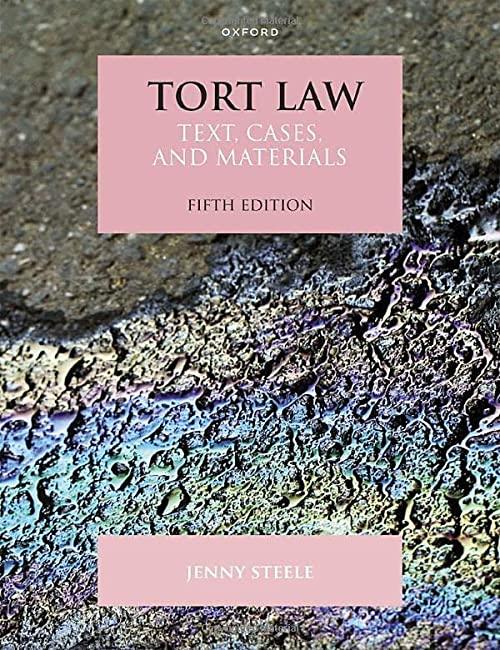Question
Ahmed, a servant, has been charged with the murder of 6-year-old Kiran. There is circumstantial evidence against Ahmed consisting of a handwritten ransom note found
Ahmed, a servant, has been charged with the murder of 6-year-old Kiran.
There is circumstantial evidence against Ahmed consisting of a handwritten
ransom note found in the house, his sudden disappearance from the house,
his attempt to flee the city, and his presence alone when Kiran
was allegedly kidnapped while playing in the house garden. On the evening of April
10, 2020, she was apparently taken from her house, and she had been missing
until her body was discovered from a shallow grave on June 28th. Since the
alleged kidnapping, the focus of the police investigation has been on servants
of the house. Ahmed refused to say anything to the police. During the trial,
the Court called a handwriting expert prepared to testify that Ahmed
wrote the note. Ahmed refused to cooperate in providing a handwriting
sample.
The handwriting expert has a criminal record and was convicted of fraud.
Will his record be admissible on cross-examination? Are there other ways
to prove the handwriting of a person? What benefits, if any, can the police
make because Ahmed refused to provide a handwriting sample?
Ahmed was convicted when he was 19 for theft. How can this information
be used? Please discuss concerning the relevant legal tests and
authorities.
Step by Step Solution
There are 3 Steps involved in it
Step: 1

Get Instant Access to Expert-Tailored Solutions
See step-by-step solutions with expert insights and AI powered tools for academic success
Step: 2

Step: 3

Ace Your Homework with AI
Get the answers you need in no time with our AI-driven, step-by-step assistance
Get Started


